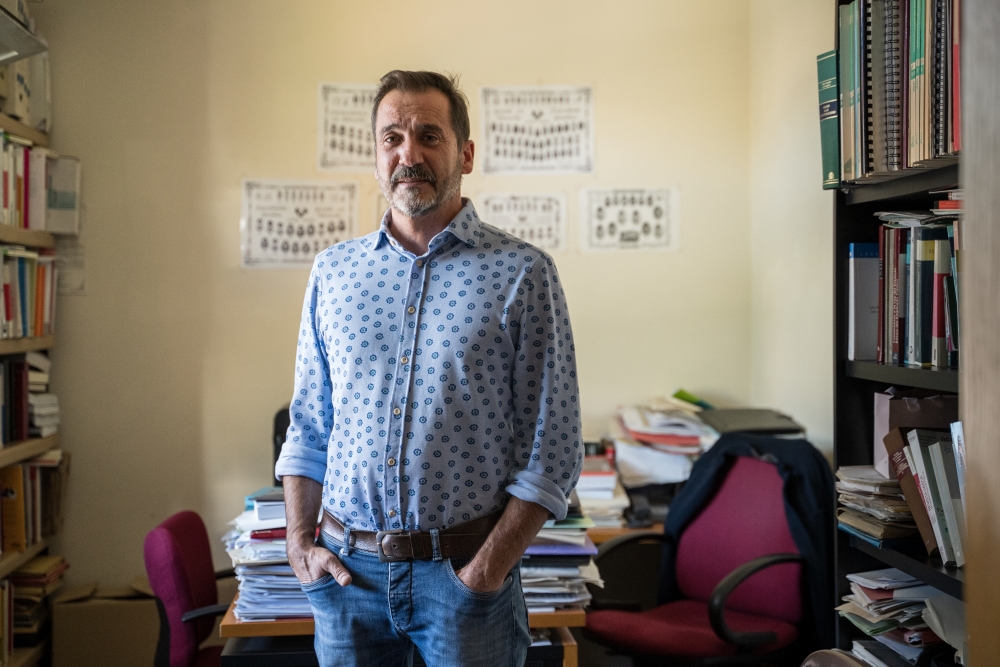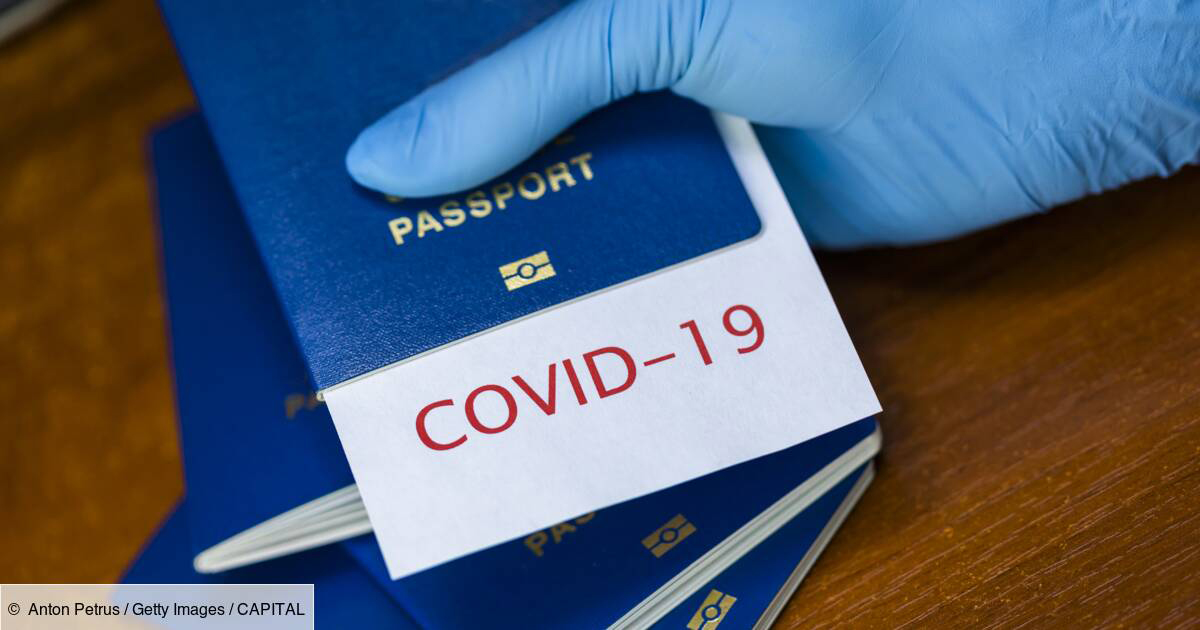These are the plans of the European Commission to respond to the economic emergency.
- The President of the European Commission, Ursula Von der Leyen, presented the EU’s economic recovery plan to COVID-19 on Wednesday. This project is the key to ensuring that the European Union does not emerge even more asymmetrical from the new crisis and has caught up with the Member States in a relatively large debate.

On the one hand, the mutualisation of the debts that were put on the table when the states of southern Europe began to see the damage caused by the economic downturn; on the other hand, the attitude of several states in central and northern Europe – the Netherlands, Austria, Sweden and Denmark – which are more or less calling for the withdrawal of the beans from their puchero; and at the heart, the Franco-German axis, which is a real director of the European European Union, is looking for an intermediate balance.
Result: The largest indebtedness plan ever drawn up by the European Commission, EUR 750,000 million, the majority transferred to the Member States and which will not have to be returned (EUR 500.000 million) and the remainder will be allocated by credits. These are huge, giant and historic figures, as it will be the first time that the European Union will be indebted to the financial markets. However, the money given has fallen far short of the two trillion that the European Parliament had requested earlier this month for the construction of the new bank.
The European Union (EU) expects a significant growth in the spending ceiling for the next seven years (2021-2027), which will make it possible to raise funds for the recovery plan. The entity chaired by Von der Leyen appears to be a credible debtor, so the European Commission has planned not to be faced with excessive interest despite the fact that these are very long-term loans – the hypothesis that has been drawn up is that they last 30 years.
Digital taxes and green taxes
Where will a Europe in crisis get money to repay its loans? Brussels refers to “new own resources”, i.e. new climate-related taxes and big business. On the one hand, the digital fees that would apply to big corporations like Google or Facebook, although their implementation has not been very successful in member states. On the other hand, intervening in carbon emissions through taxes so that the polluter pays the most.
If you have had trouble formulating Von der Leyen’s plans, the obstacles that will be encountered in the future will not be less: it will not be enough for these measures to be adopted by the 27 governments of the EU, they will also have to be ratified by parliaments and that will cause the measures to be very late. Therefore, in the short term, States will face a situation: The economic effort that the EU is going to demand will be greater; if it cannot be paid, the EU’s protection capacity will be low.
Control mechanisms
Another contentious point is the domestic work that each State has to do in order to be able to access the aid from the Von der Leen Plan: Each State will have to submit an investment and reform plan specifying how it will use the money received and providing for broader control mechanisms once the funds have been obtained.
The first part of the aid will be the key, with 80% of the money going directly to the Member States. The second part of the plan, around 15%, will be aimed at supporting companies, mainly to increase their investment capacity. And the third one will be addressed to health and research.
Horren arabera, datorren astelehenetik aurrera, orain arte COVID-19ari aurre egiteko neurriak bertan behera geratuko dira Eusko Jaurlaritzaren eskumeneko alorretan. Labi bera ere desegin egingo dute.
That's the summer that we have, and with it the holidays that we usually link to this season, as if they were a reward to everything that has been given throughout the year. And again people want to go away. He wants to be on the famous coast, marvelous nature or the world's... [+]






















